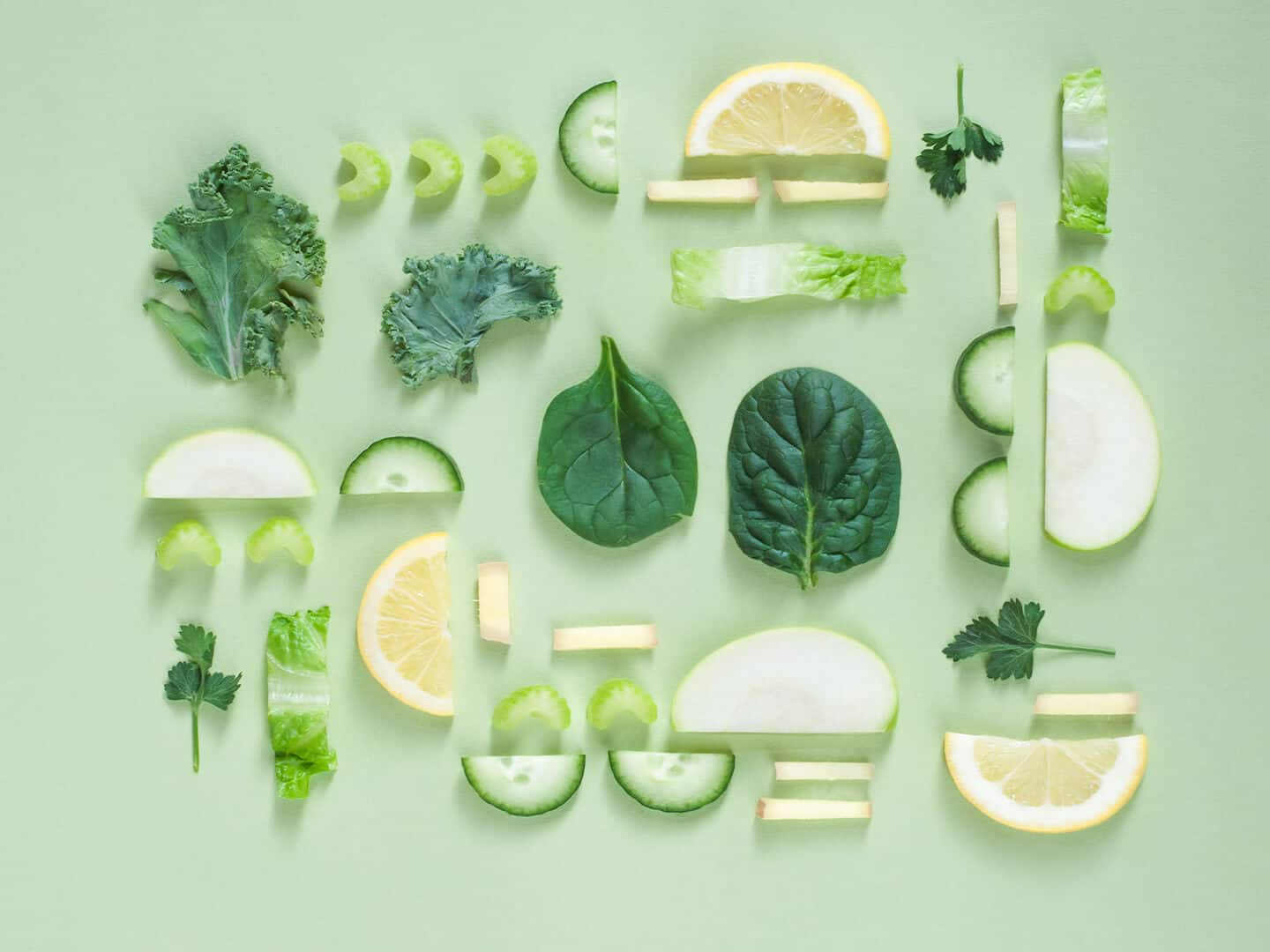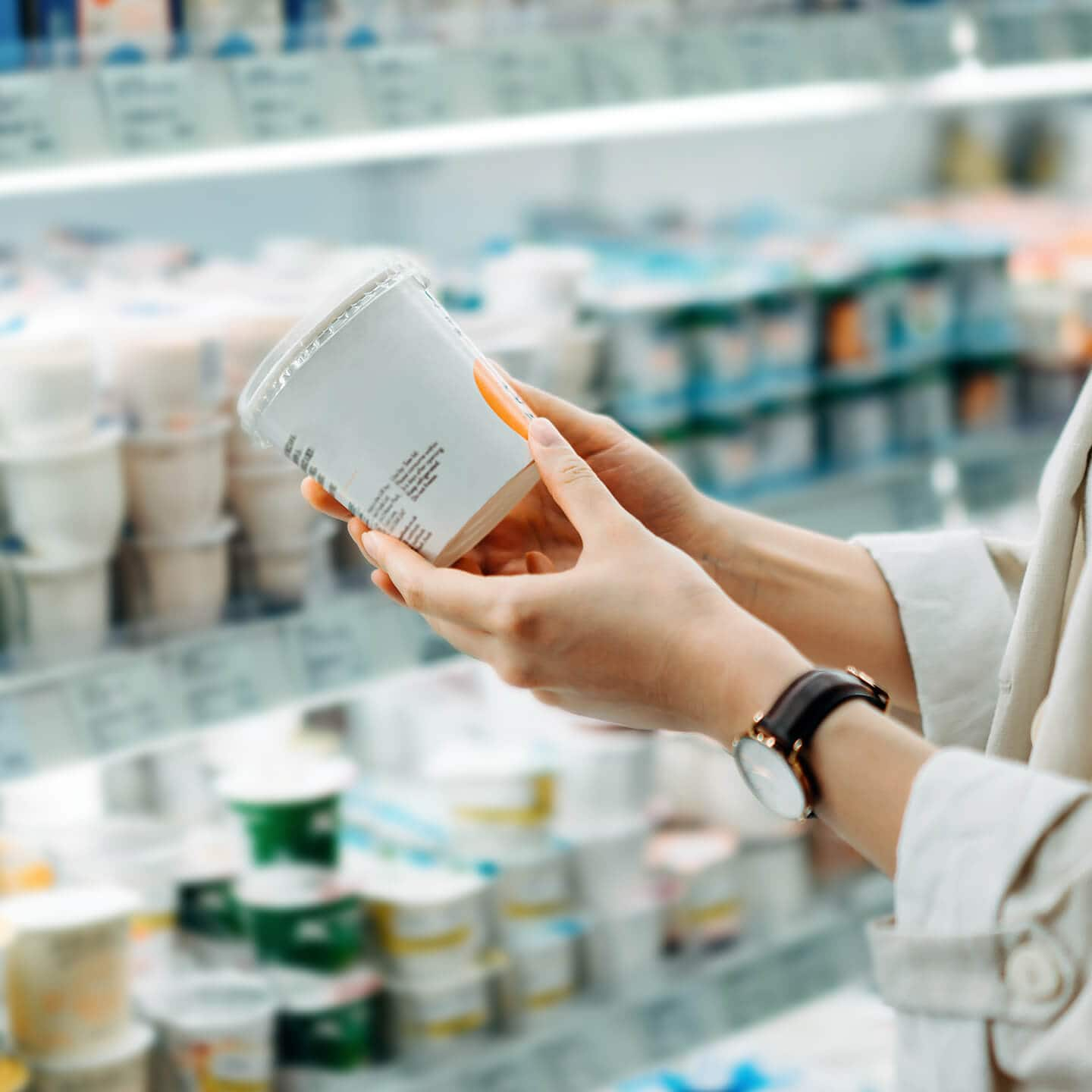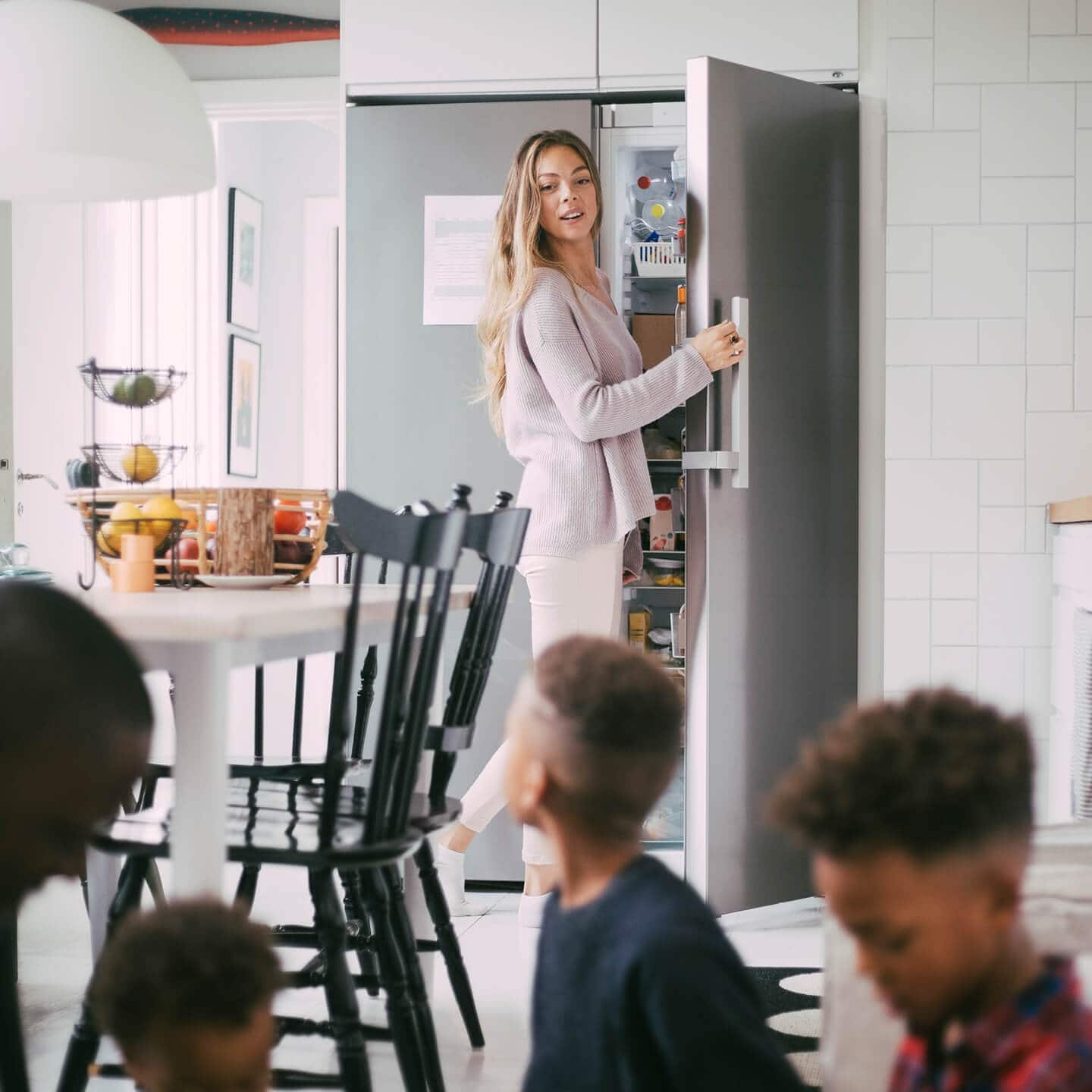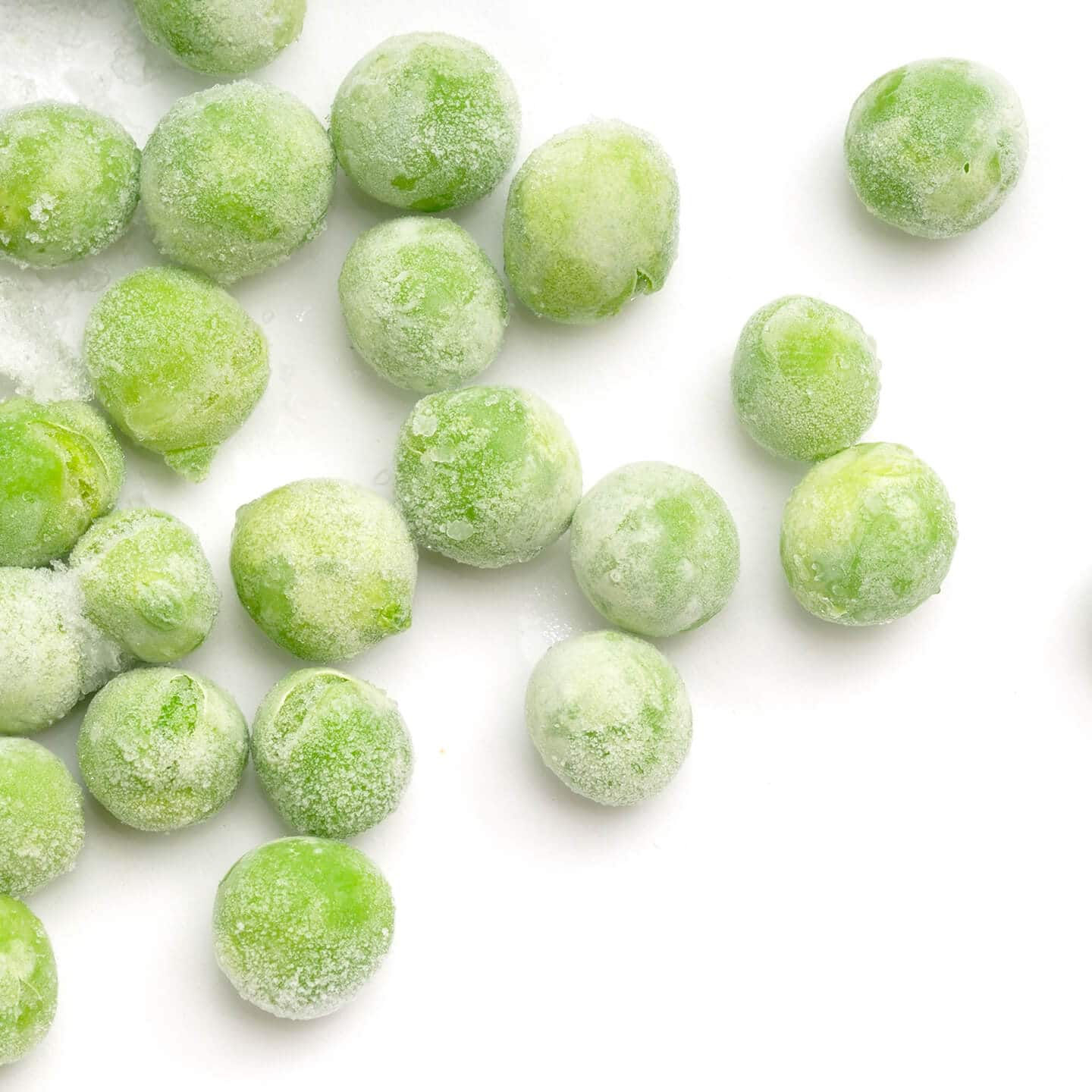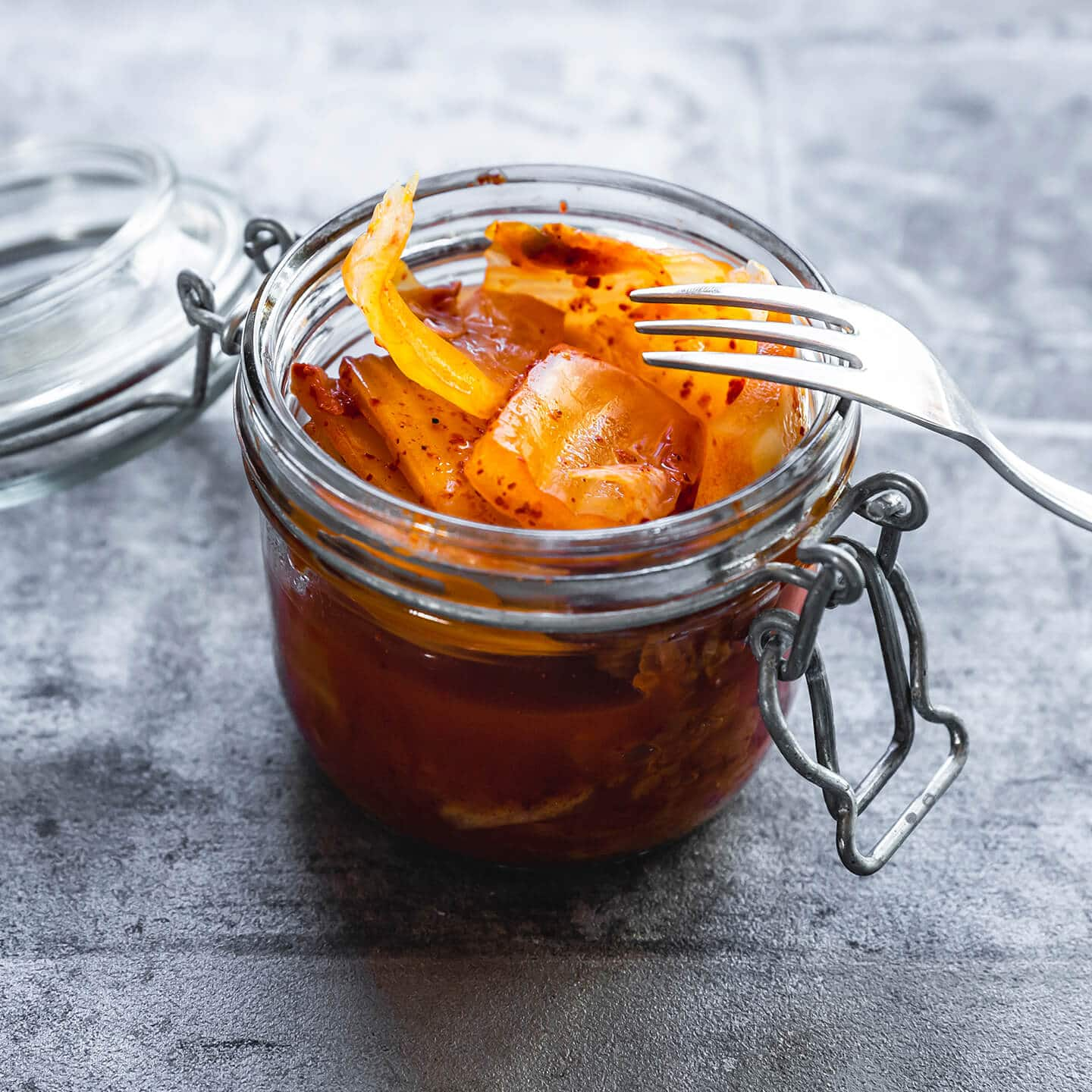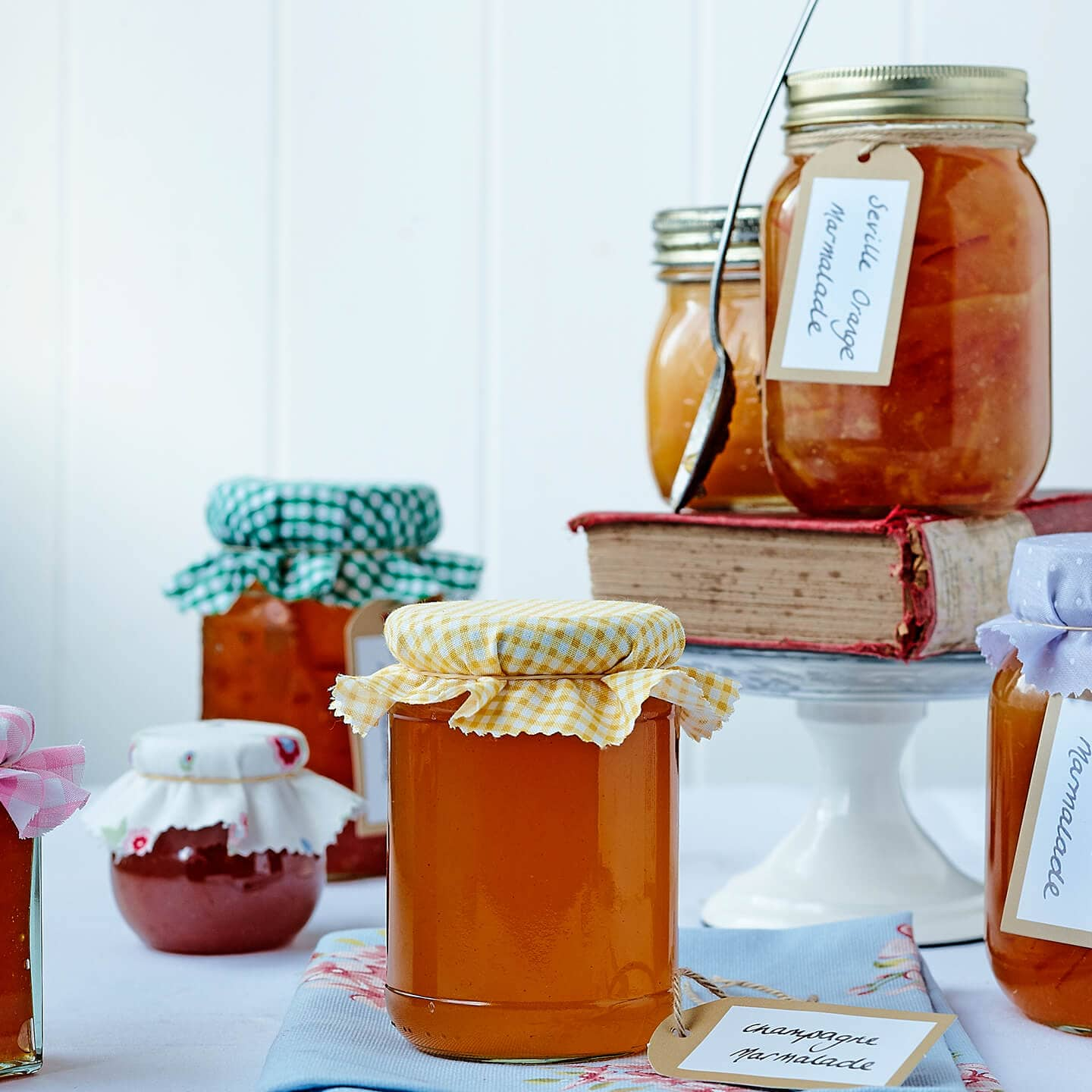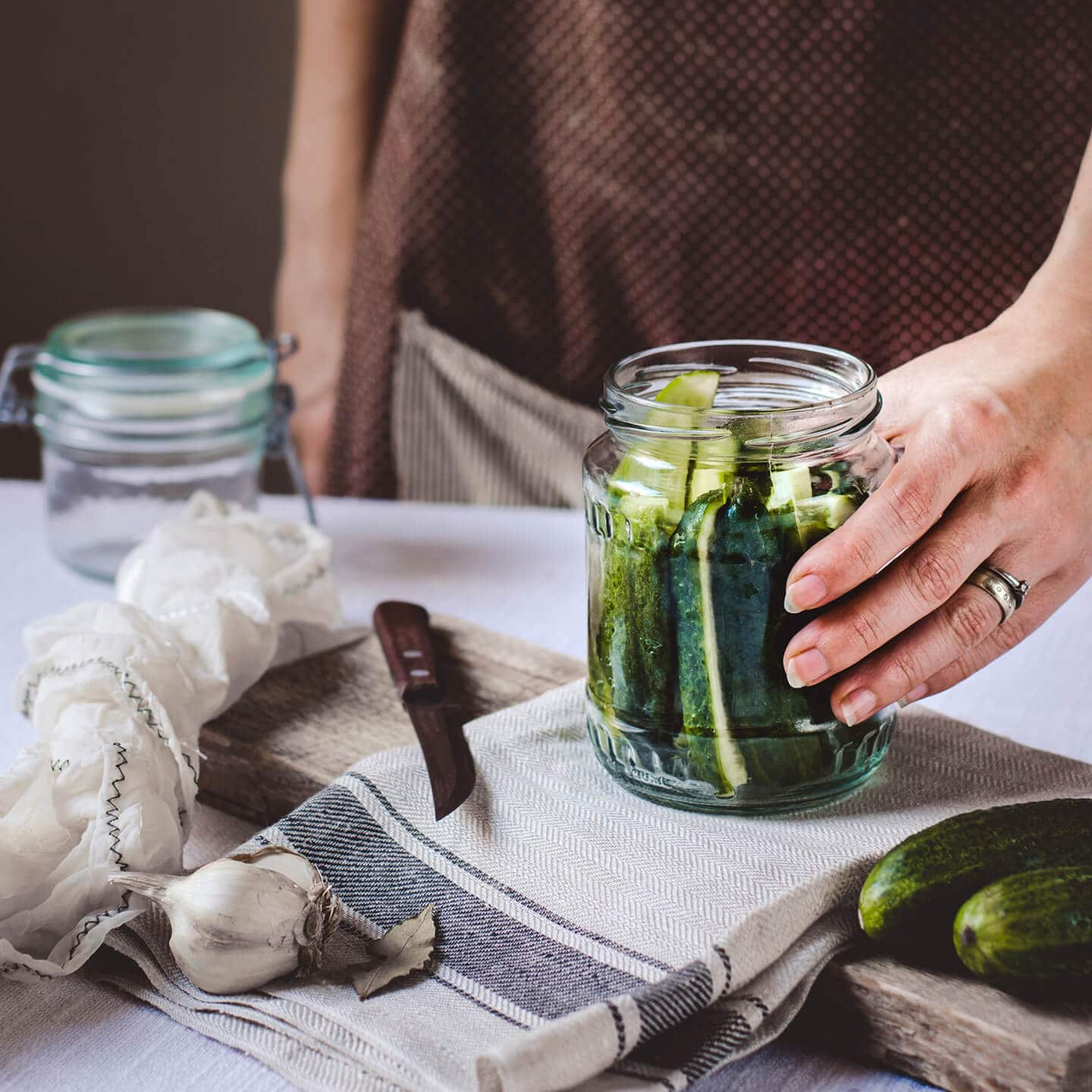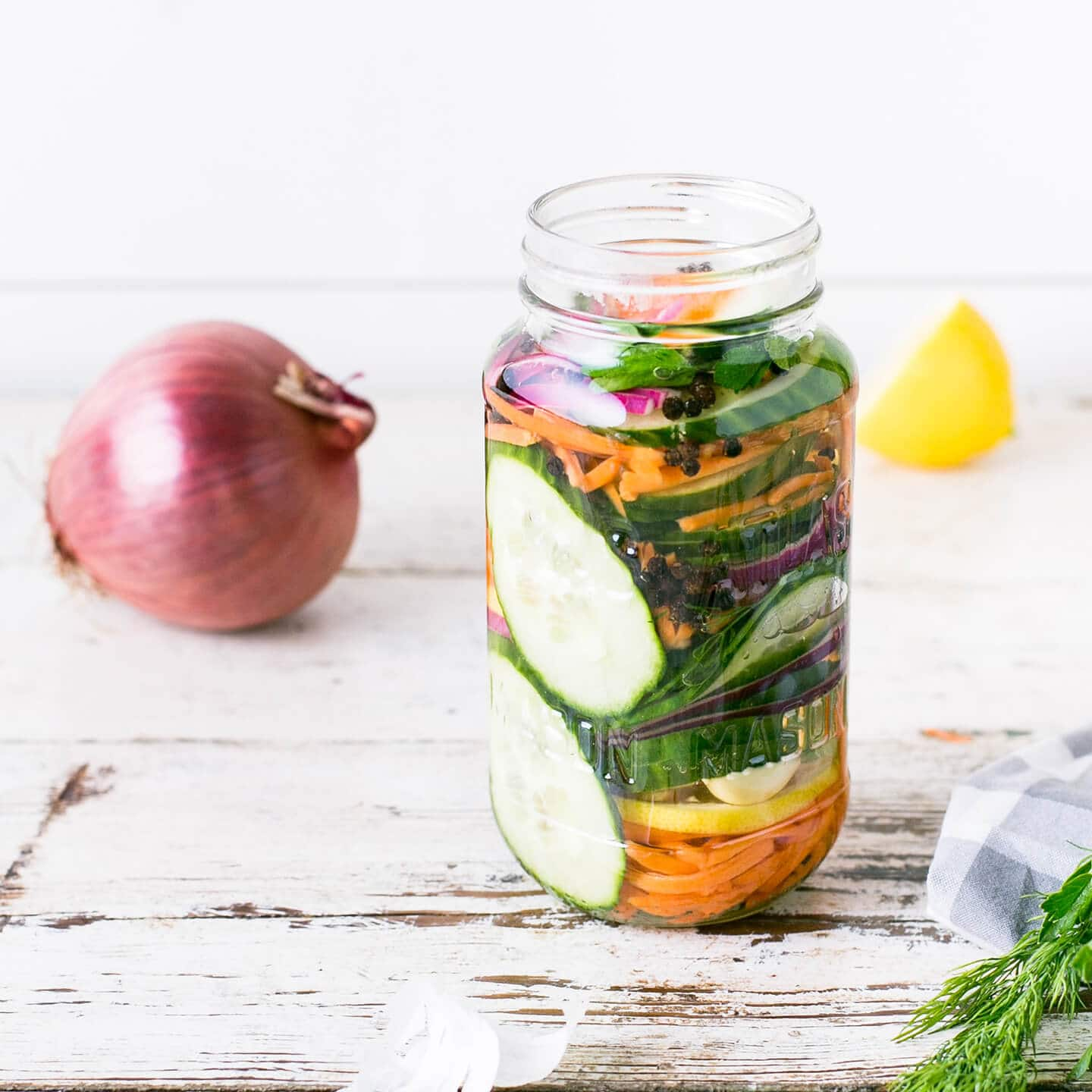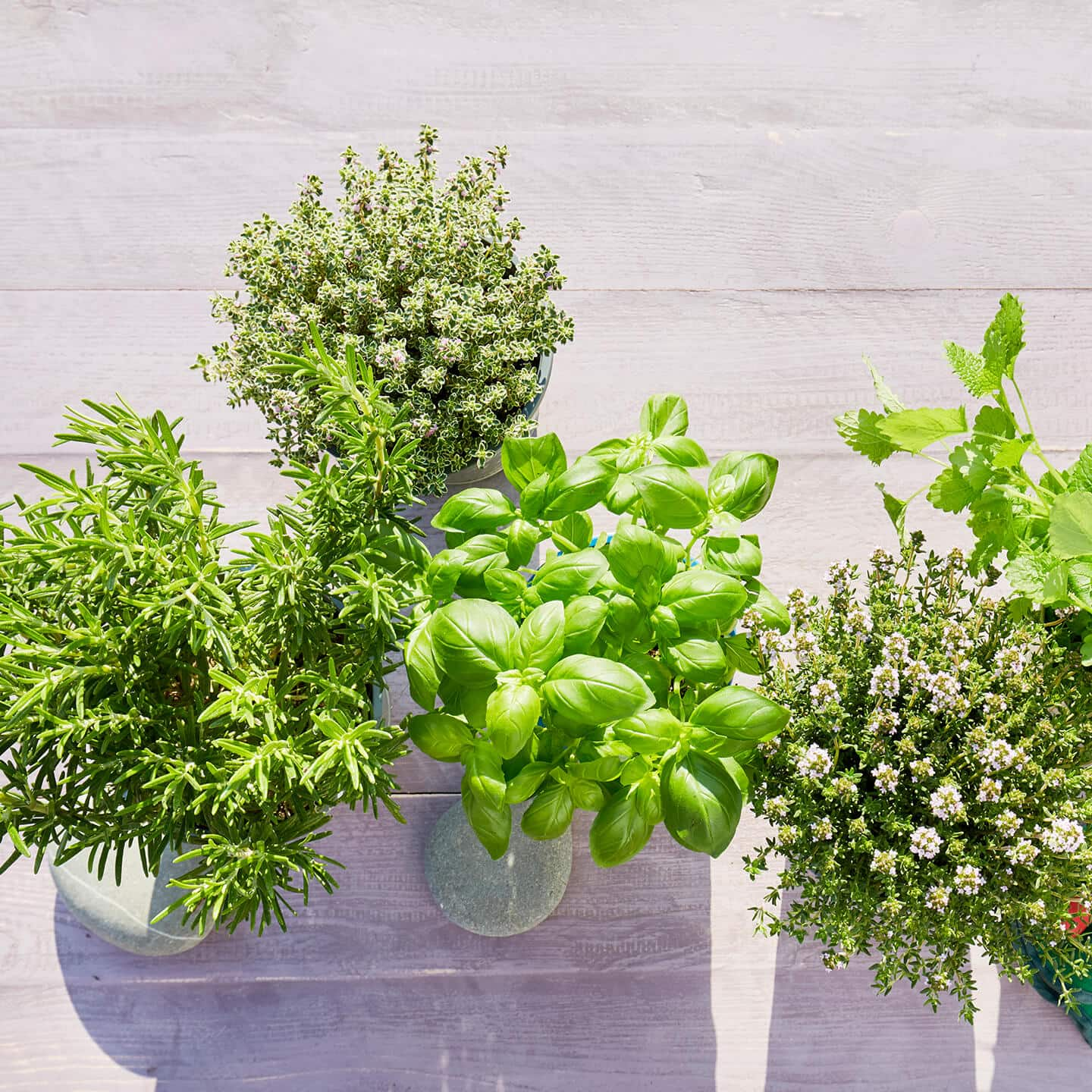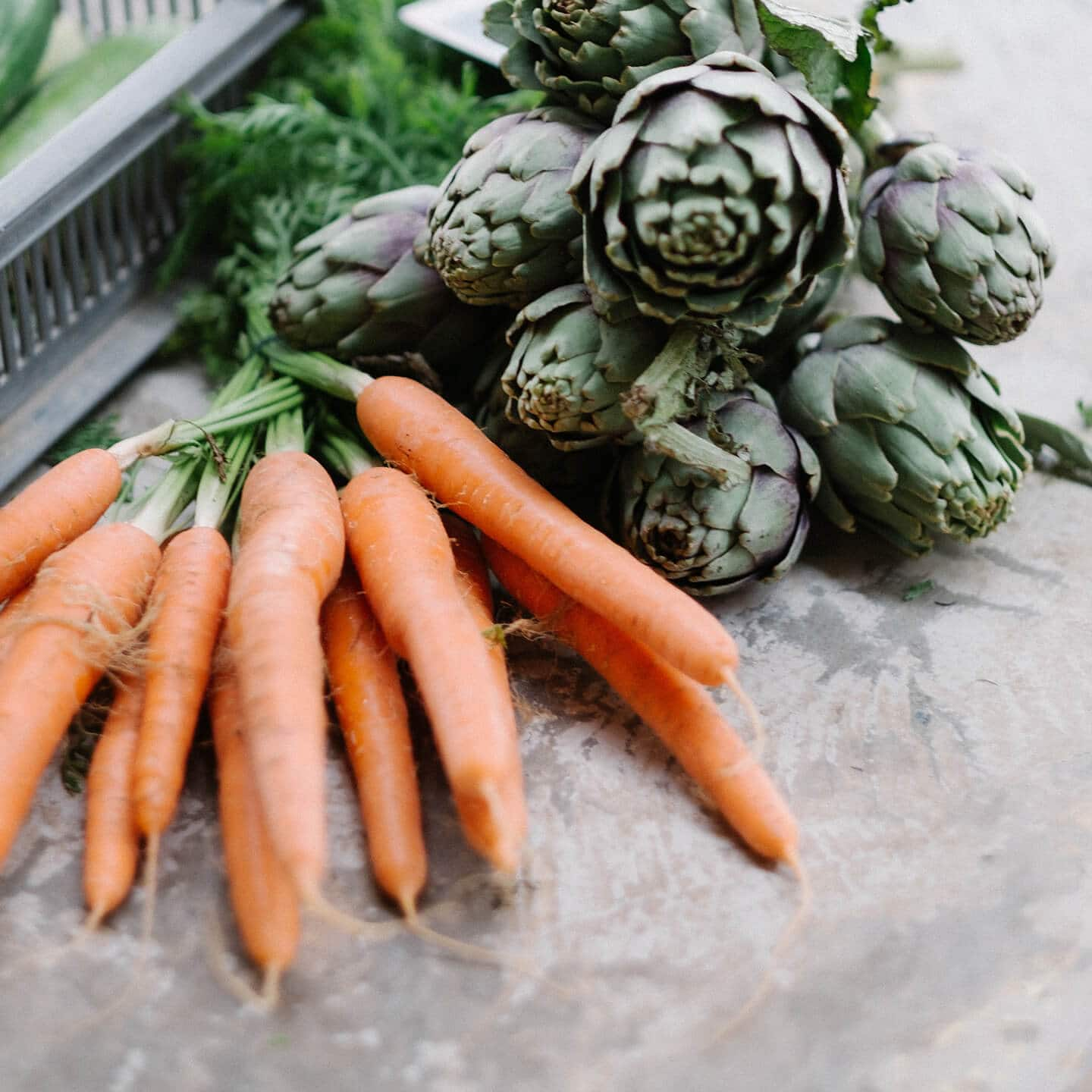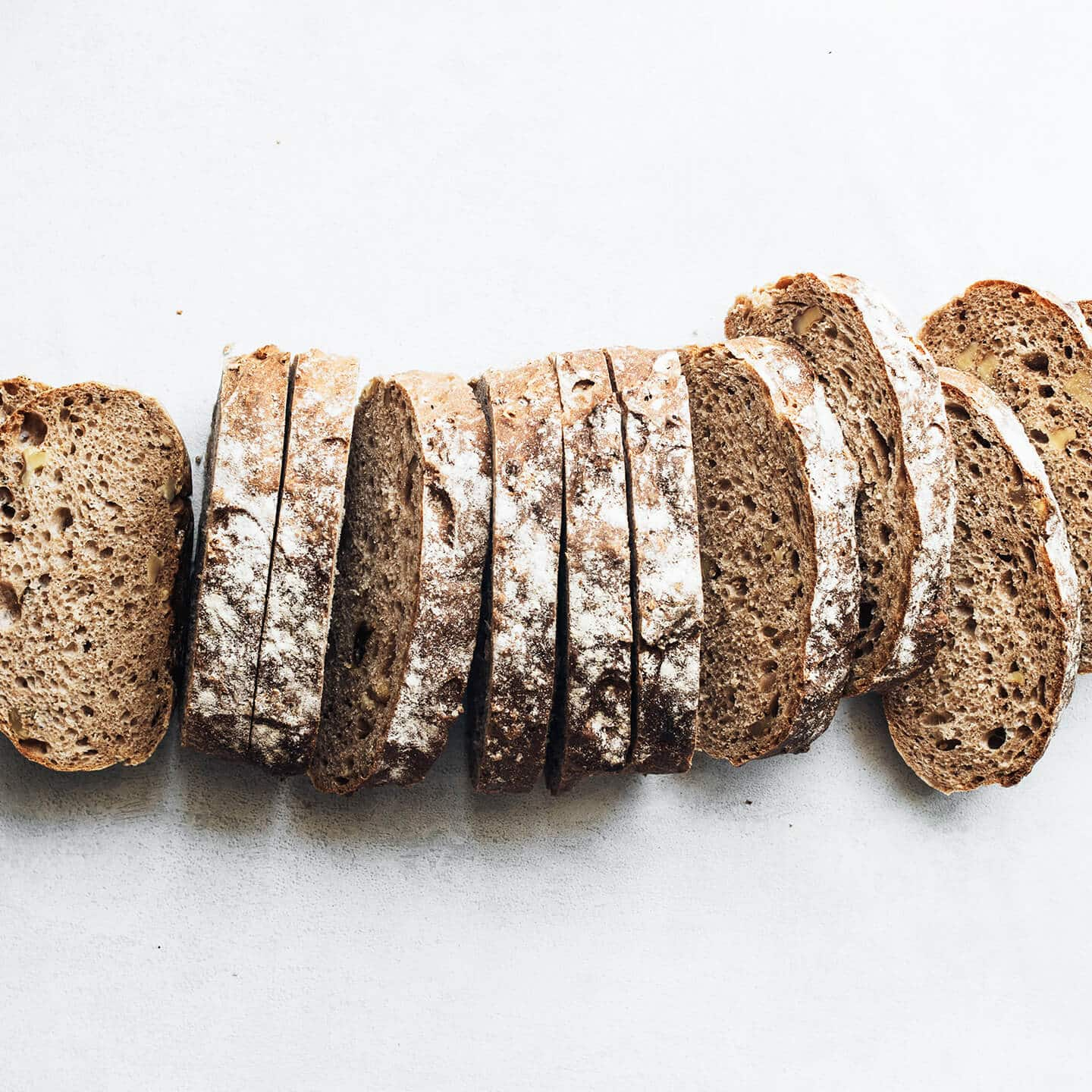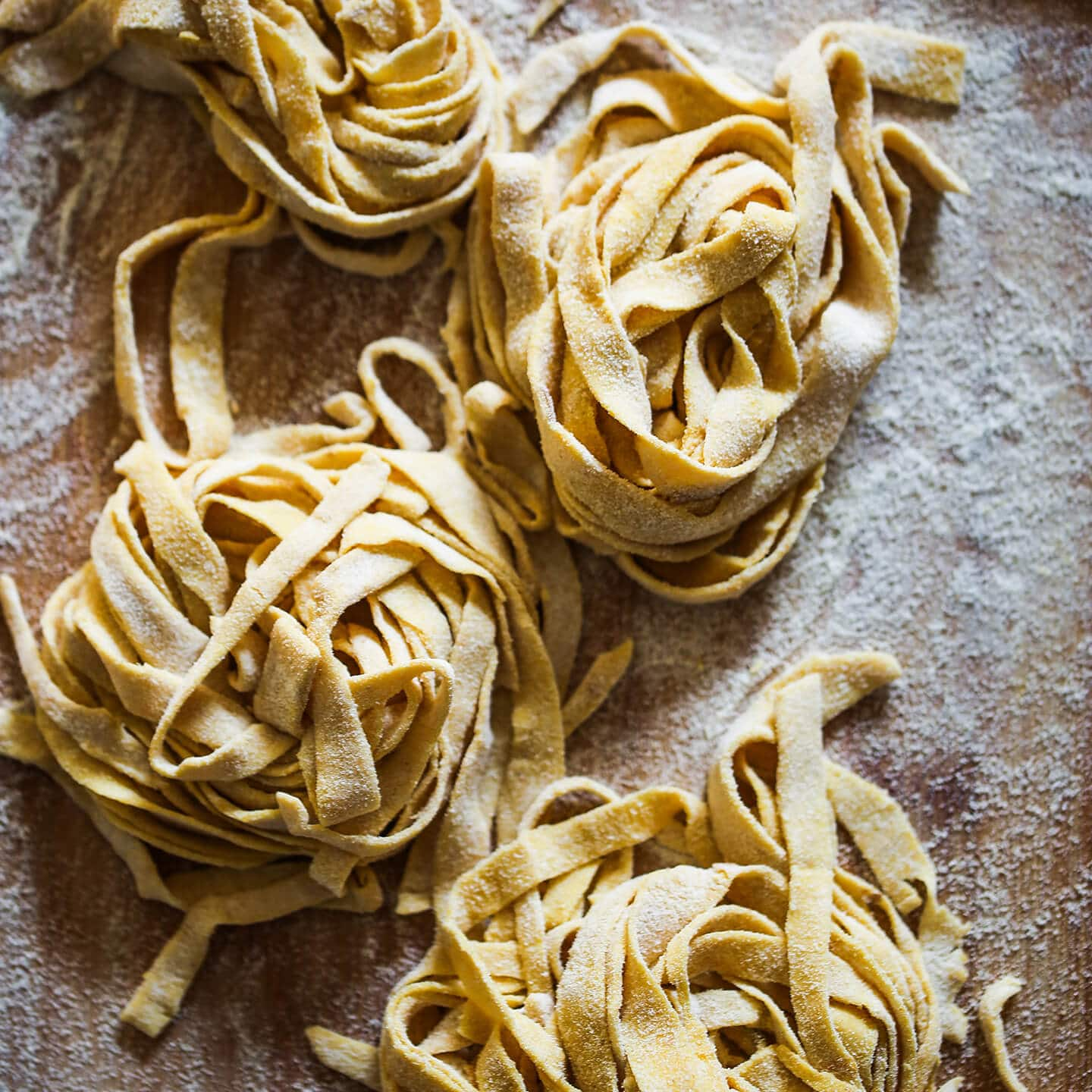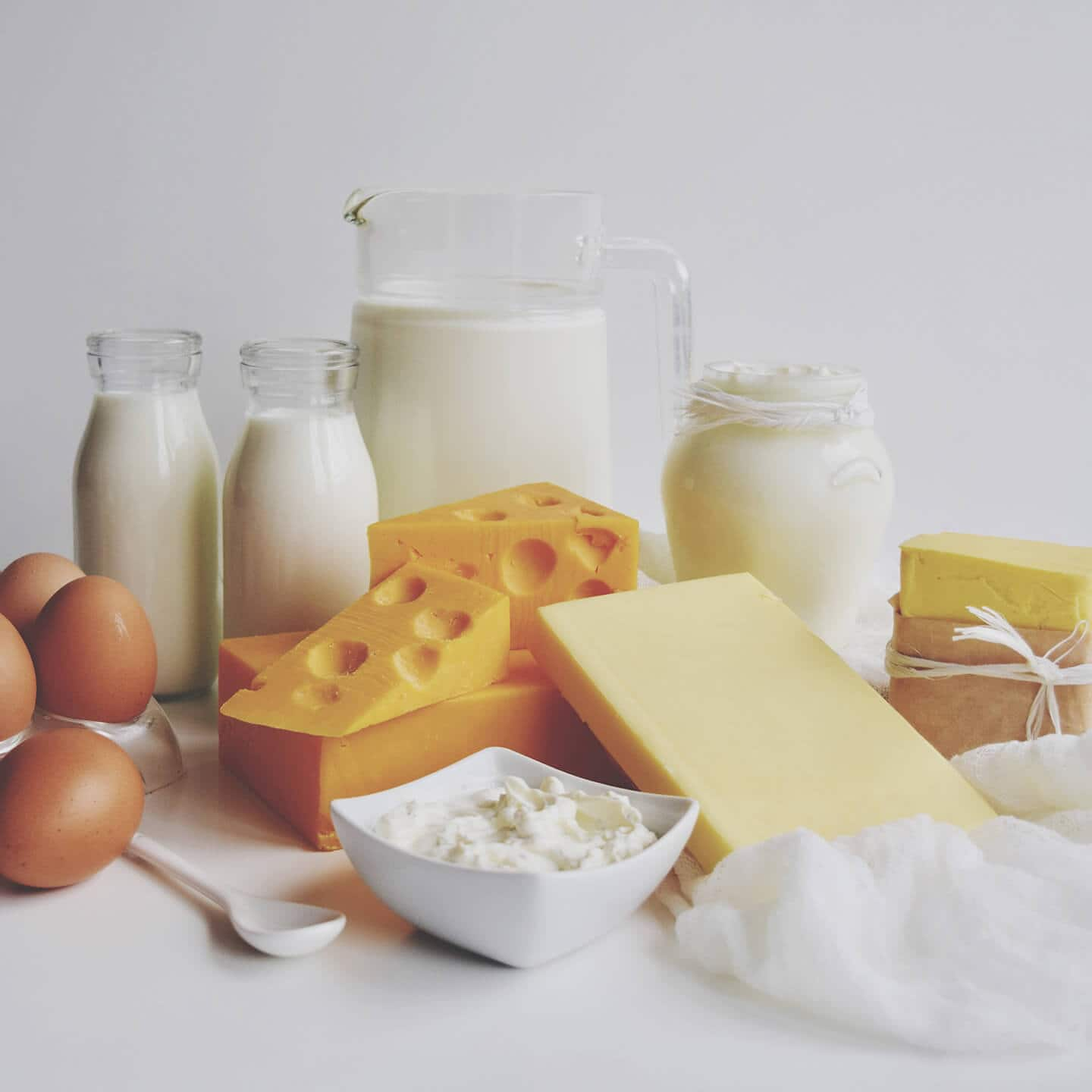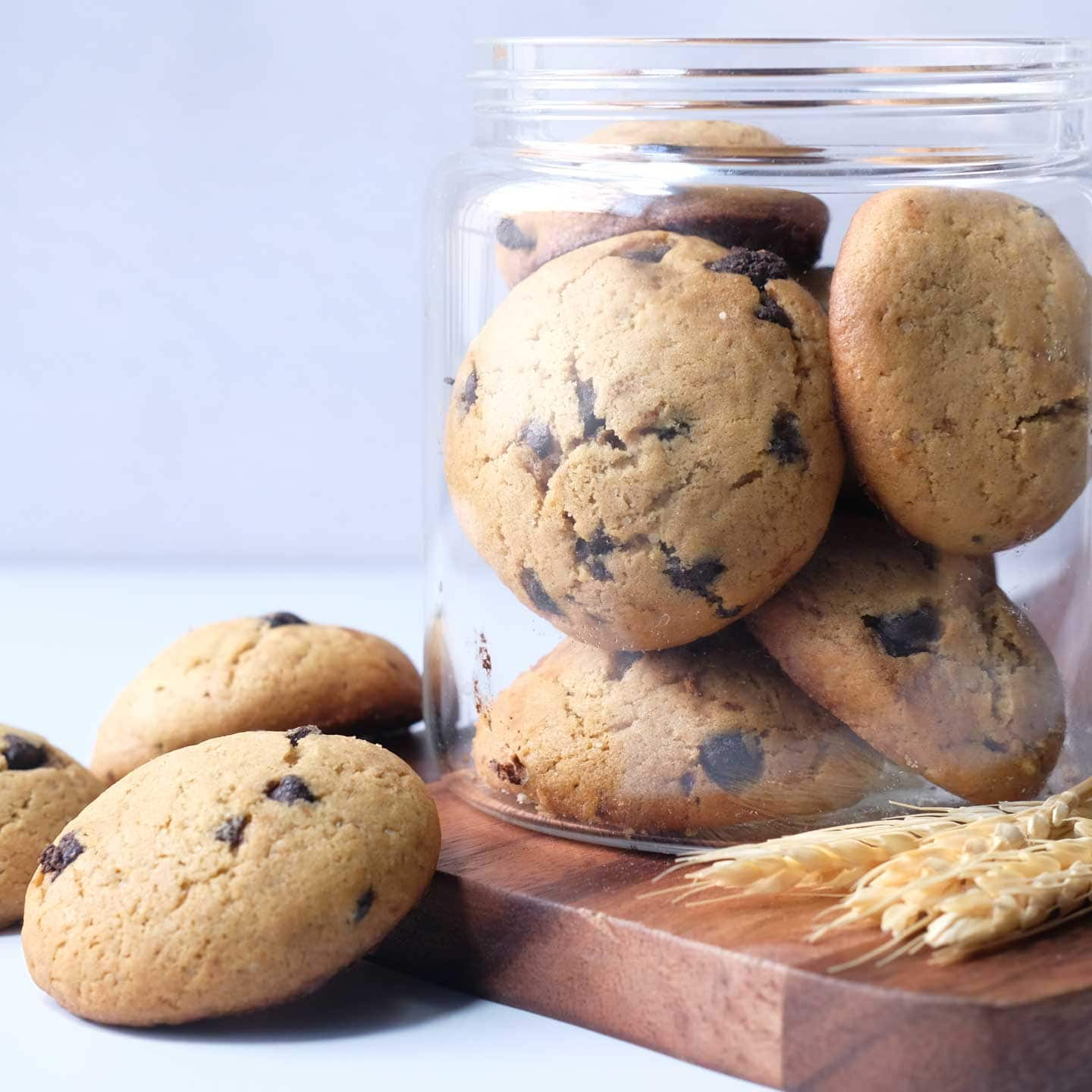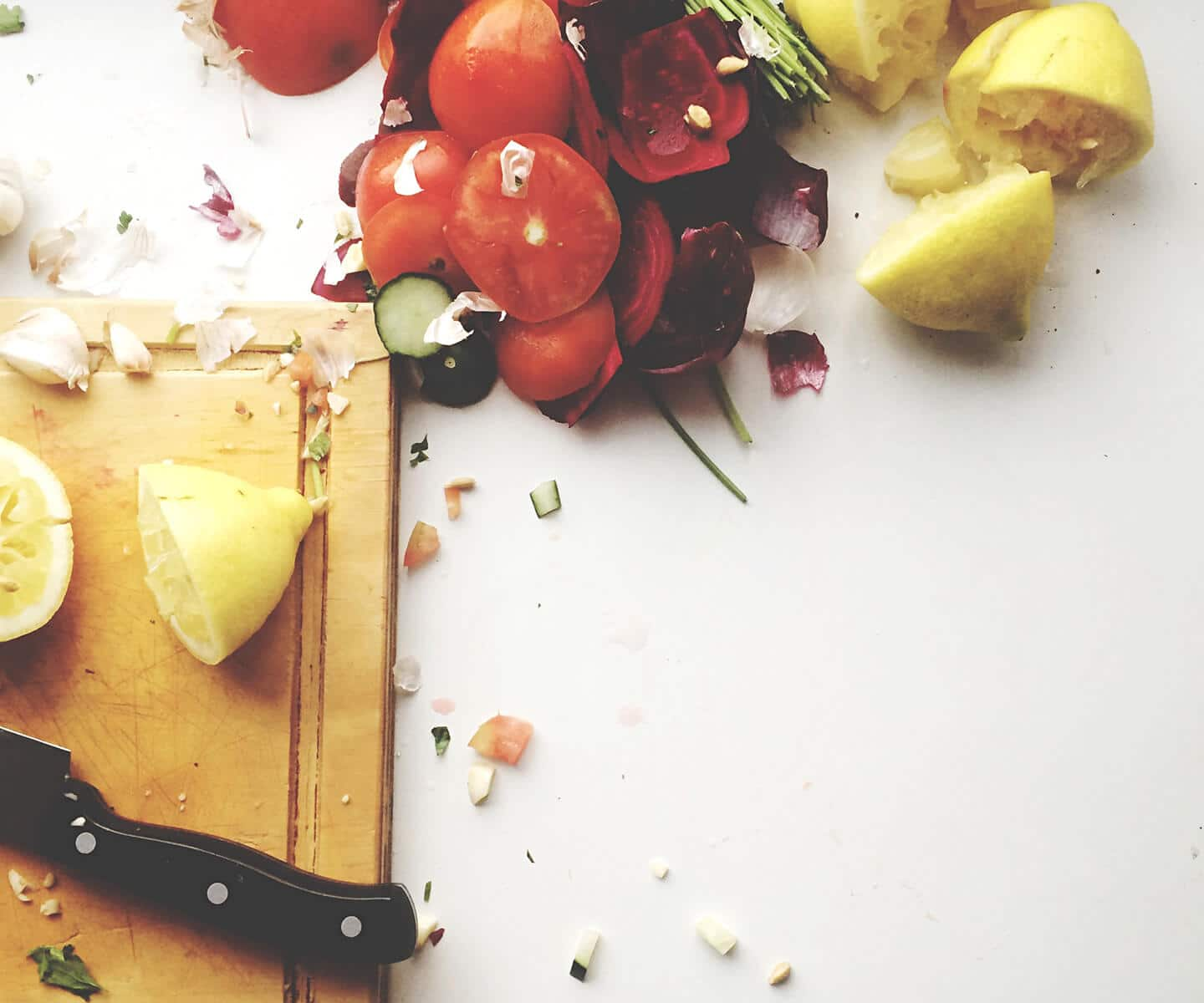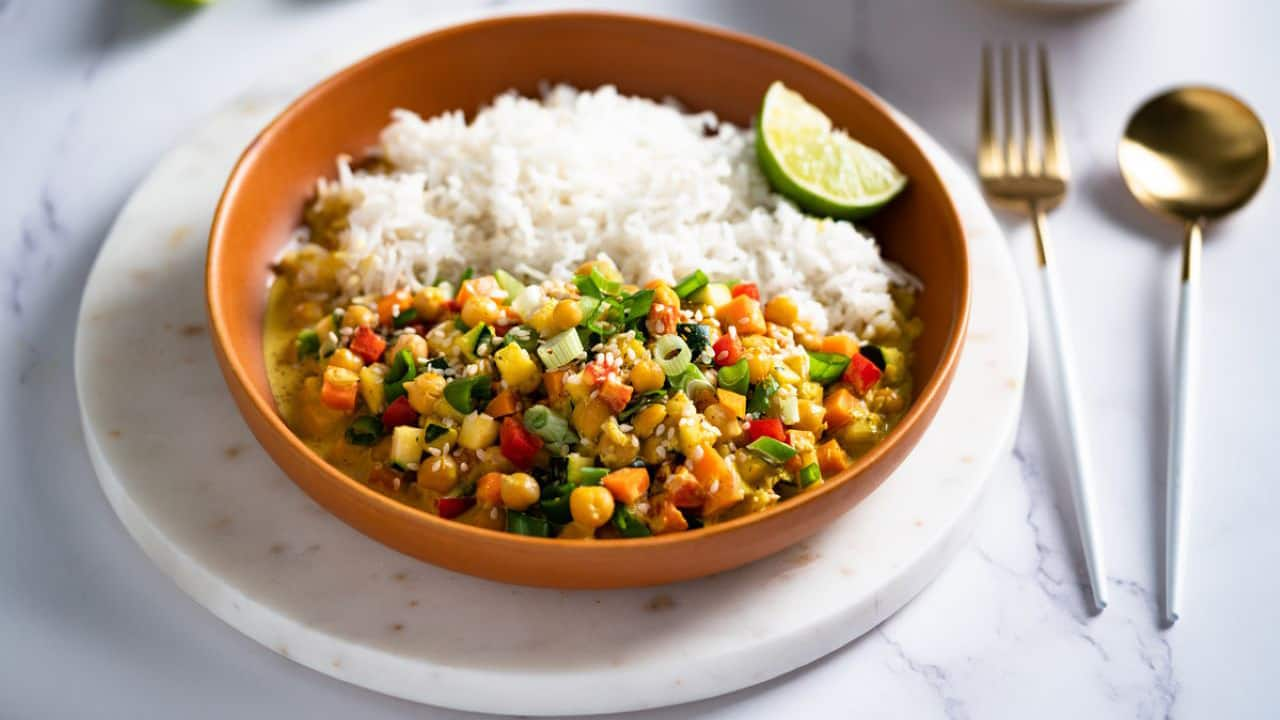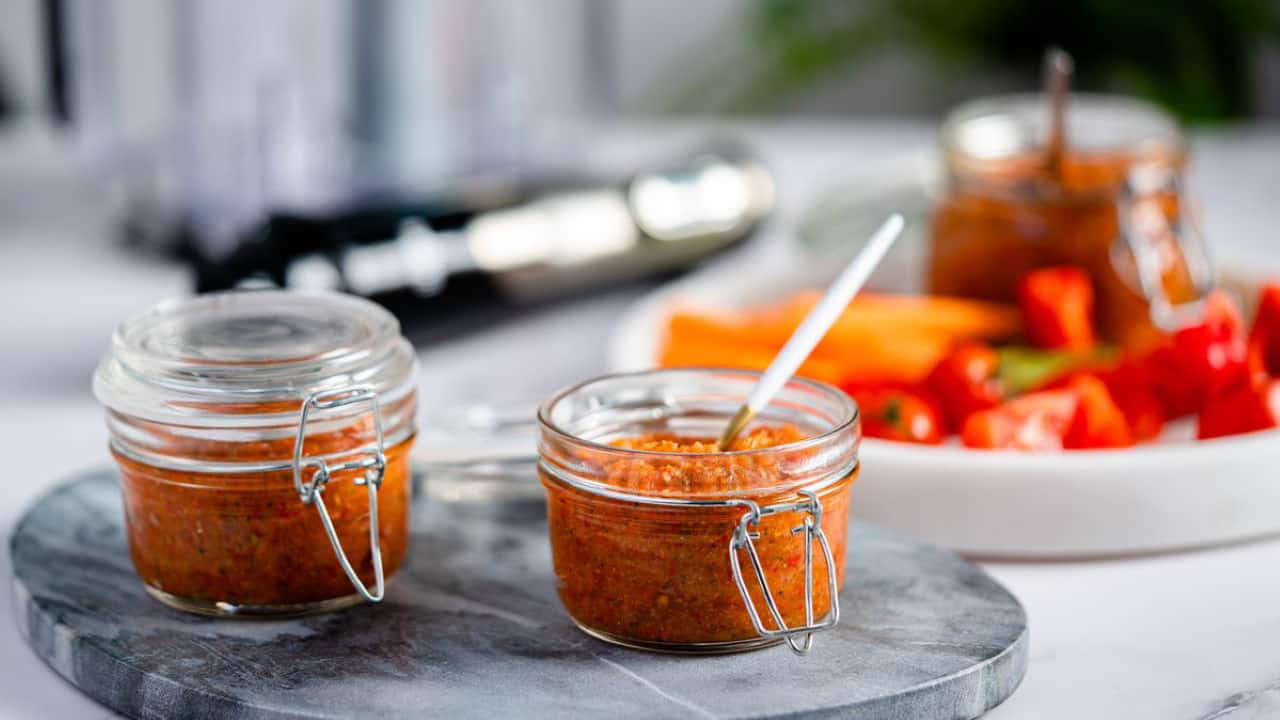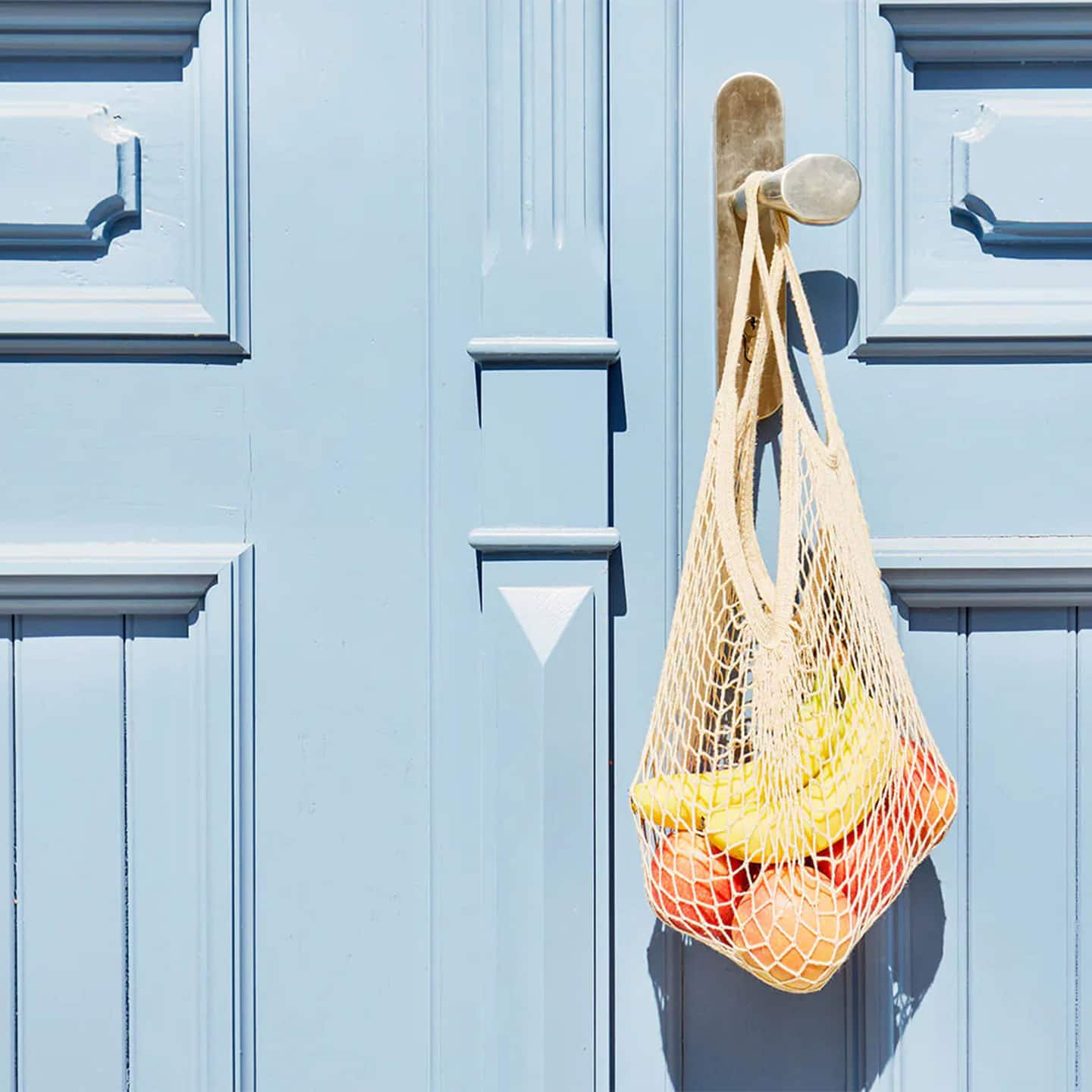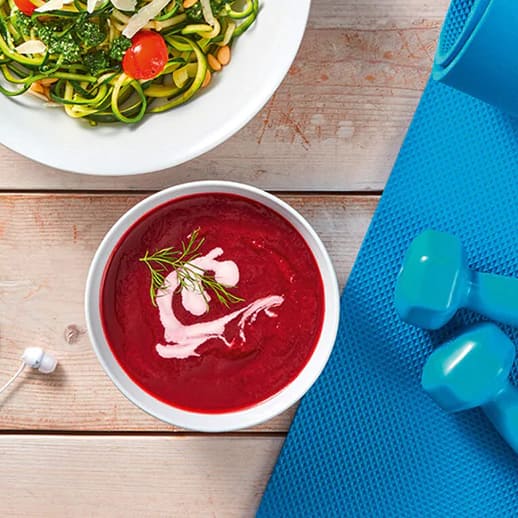Speisezubereitung
Wäschepflege
Angebote
Lassen Sie sich inspirieren
Speisezubereitung
Wäschepflege
Angebote
Lassen Sie sich inspirieren

Braun MultiQuick System
Entdecken Sie Produkte der Nummer 1 Marke für Stabmixer.






Multifunktionale Kontaktgrills
Entdecke dein Multitalent: vom saftigen Steak bis zu fluffigen Pancakes.




Air Fryer
Entdecke den ultimativen Komfort.

Kaffeemaschinen
Intuitives Design. Einladendes Aroma.






Dampfbügelstationen
Top-Ergebnisse schneller und einfacher.




Jetzt bis zu 60€ Cashback beim Kauf eines Braun Aktionsmodells sichern!

Early Black Friday Deals
Rabatte bis zu 35%, exklusiv für Abonnenten

Braun Outlet
Bis zu 40% auf ausgewählte Produkte.

60 Tage Geld-zurück-Garantie
Jetzt die MultiGrill Serie ohne Risiko testen.

Braun Dampfbügelstationen
Jetzt alle CareStyle Dampfbügelstationen 60 Tage ohne Risiko testen!*

Braun Dampfglätter
Jetzt alle unsere Braun Dampfglätter 60 Tage ohne Risiko testen!

Jetzt bis zu 60€ Cashback beim Kauf eines Braun Aktionsmodells sichern!

Stabmixer Zubehör
Zubehör erweitert Ihre Möglichkeiten.


Rezeptsammlung
Leichte und leckere Rezepte von Braun.

5 Zeichen für perfektes Bügeln.
Finden Sie heraus, was Sie benötigen.

Nachhaltigkeit
Einfache Tricks zur Vermeidung von Lebensmittelverschwendung.


Mehr Produkte von Braun.
